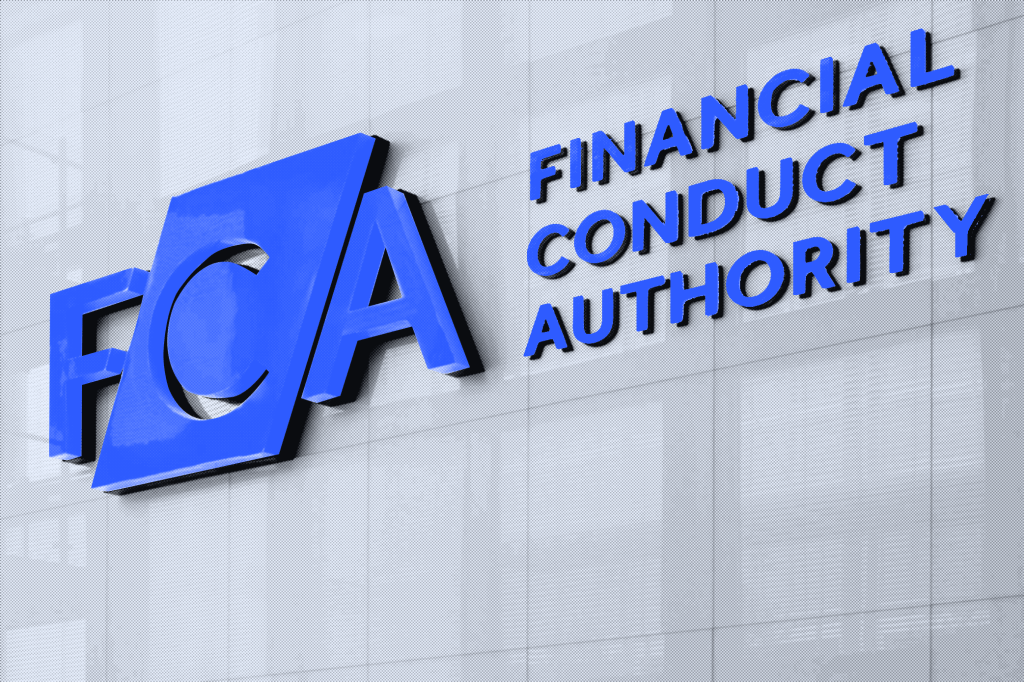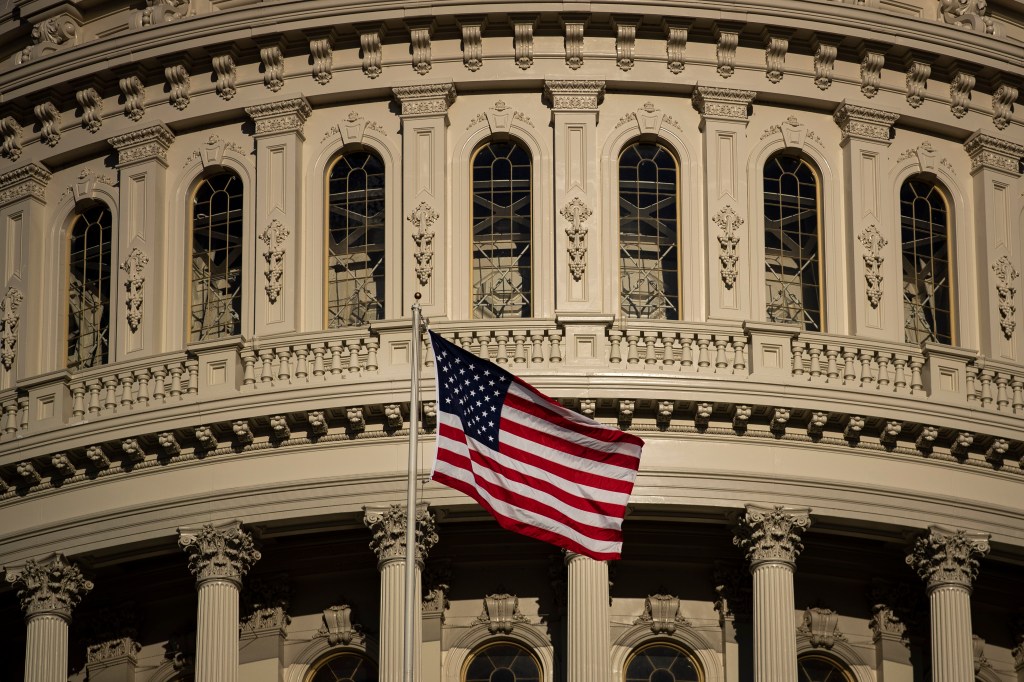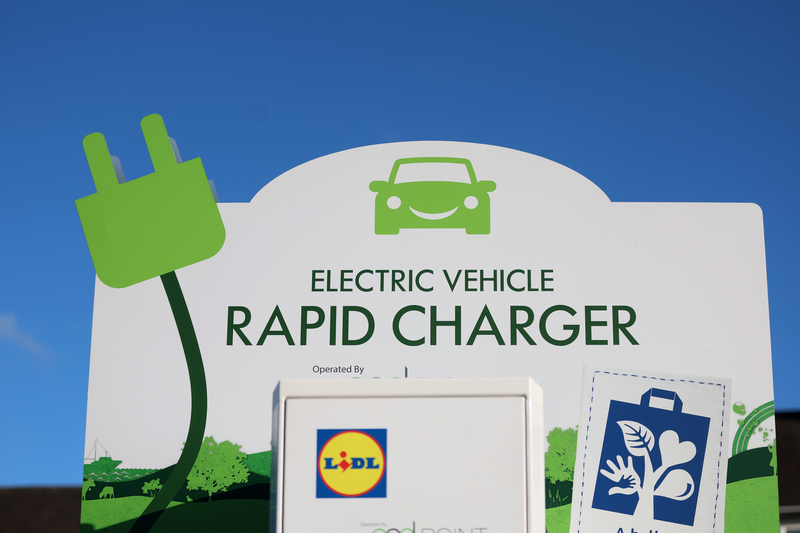The UK’s FCA recently unveiled its Sustainability Disclosure Requirements (SDR) and investment labels regime for investment products, which includes a substantial package of measures aimed at improving the transparency of sustainable investment products and minimizing greenwashing. These measures include four consumer-focused sustainability labels that asset managers will be allowed to use from July 31, 2024. The labels are:
- Sustainability Focus;
- Sustainability Improvers;
- Sustainability Impact;
- Sustainability Mixed Goals.
Why use labels?
Labeling is important because it will affect how sustainable funds are built and how they are sold to investors. Morningstar’s latest research UK SDR Through the Looking Glass explores the four labels and provides early insights into what the landscape of UK sustainability-labeled funds may look like by the end of the year. The analysis is based on conversations with a selection of asset managers and their data and knowledge of the UK fund market.
Within the next few months, asset managers will be reviewing their product ranges to consider which funds should be labeled and which ones can be amended to qualify for a label. Advisers, distributors, discretionary fund managers, and those who work in pensions will also need to be familiar with SDR and understand how this could potentially affect them and their underlying clients.
Moreover, SDR will have implications beyond the UK as other jurisdictions look to implement similar regulatory frameworks. SDR has already influenced the European Commission, as evidenced by the proposed sustainable product categories in its recent SFDR consultation paper.
Use of labels is voluntary. Funds that claim sustainability characteristics won’t be forced to opt for a label, but if they don’t use a label, they will have to explain why, and they will still be required to provide the same sustainability disclosures as labeled funds. The four labels, which are not designed to be in a hierarchy, are only for products seeking positive sustainability outcomes, which means that only a subsegment of funds that use environmental, social, and governance factors in their investment strategy can qualify.
Funds that just employ exclusions, negative screening, ESG integration, or basic ESG tilts alone will not qualify for a label. Also, products investing in assets with good governance alone would need to do more to qualify for a label.
Report highlights
Asset managers can start using the new sustainability labels from July 31 and must ensure all funds’ naming and marketing is updated by December 2. Within the next few months, asset managers will be reviewing their product lines to consider which funds would qualify for a label. In the research paper, Morningstar attempts to predict which funds will be labeled and which labels will be used. The purpose of this exercise is to assess what the market of UK sustainability-labeled funds may look like by the end of the year.
- The report estimates that about 300 UK open- and closed-end funds will opt for a label by year-end. This is an optimistic scenario. Labeled funds may represent 8% of funds domiciled in the UK and less than 3% of all funds available for sale in the UK.
- Sustainability Focus will likely be the dominant label, followed by Sustainability Mixed Goals, then Sustainability Improvers, and Sustainability Impact.
- Equity funds may represent over half of the labelled product universe, while fixed-income and passive funds will be significantly underrepresented (each accounting for less than 10% of labeled products). There should be more options in the labeled allocation funds space by virtue of the introduction of the “Mixed Goals” label.
- Reasons for using labels include investor demand, competitive pressure, and the benefit of clarity, among others. But some managers will consider the requirements too constraining. Some will take a cautious approach and wait and see how the market of UK labelled products develops.
- It’s likely that funds with similar aims could elect different labels, highlighting that labels can only be one indicator for investors, to be analysed in conjunction with other fund data and information.
- SDR has already influenced the European Commission as evidenced by the proposed sustainable product categories in its recent SFDR consultation paper.
To opt in or not to opt in, that is the question
The report also considered the pros and cons of using labels.
Reasons for opting for a label
- Investor demand. There is appetite for sustainable investments among retail investors.
- Competitive advantage. Many asset managers will see SDR labels as a positive commercial opportunity.
- Risk of greenwashing accusations. Firms offering products that carry the words “sustainable,” “sustainability,” or “impact” in their names risk being accused of greenwashing if they haven’t opted for a label.
- Simplicity and clarity. Unlabeled funds with other sustainability-related words in their names will be faced with the same ESG disclosure requirements as labeled funds. Having to disclose ESG information and explain why a fund isn’t labeled may prove cumbersome and lead to investor confusion.
Reasons for not opting for a label
- No client demand. Firms primarily serving institutional investors or retail clients that have no interest in sustainability may not see the appeal of using labels.
- Strategy and portfolio changes. Many funds opting for a label will likely need to make adjustments to their strategy and/or portfolio composition to align with the requirements of the labels. Potential changes and additional constraints may be considered too significant and/or not in the best interests of fundholders.
- Wait-and-see. Having faced many interpretation challenges with SFDR, which resulted in reclassifications and methodology changes, some asset managers may want to take a wait-and-see approach with SDR.
“The success of the UK labeling regime will lie in the quantity and quality of the products that get labeled. We expect conversations in the next few months and the first wave of implementation later this year to determine how this market will shape up,” Hortense Bioy, Global Director of Sustainability Research, Morningstar said. “We hope this early analysis will contribute positively to these conversations for the benefit of investors not only in the UK but also other jurisdictions as they look to implement similar regulatory frameworks”.

















